Indeed, there are various types of low-temperature resistant label papers designed to withstand colder environments. These label papers are often used in applications where exposure to low temperatures is a concern. Here are some common types:
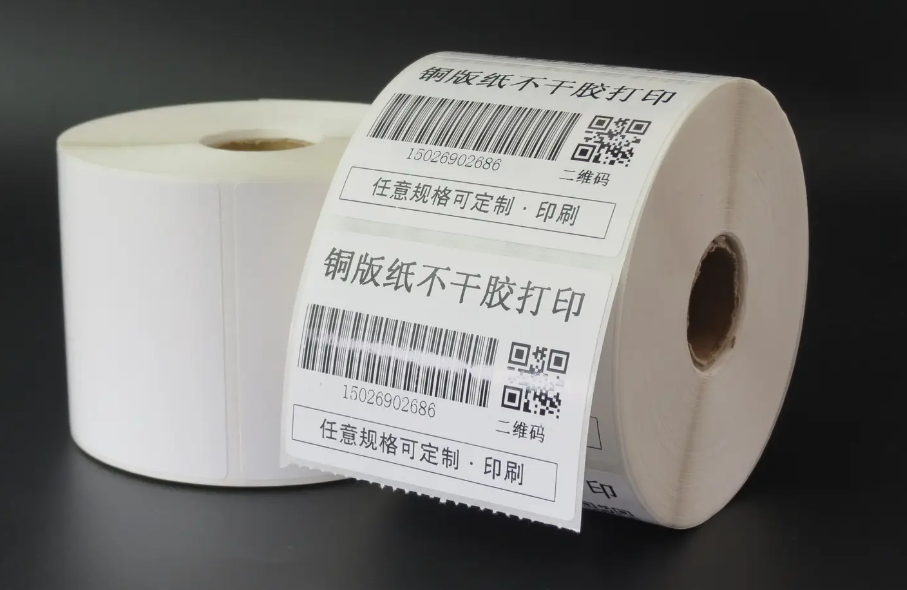
-
Synthetic Labels: Synthetic label materials, such as polypropylene (PP) or polyethylene (PE), are known for their durability and resistance to extreme temperatures. They are often used in applications where exposure to low temperatures or outdoor conditions is a consideration.
-
Thermal Transfer Labels: Thermal transfer labels are designed to resist low temperatures and are commonly used in industries like logistics and cold storage. They can maintain print quality even in sub-zero conditions.
-
Cold Temperature Adhesives: The adhesive used on the label is crucial for low-temperature resistance. Labels designed for cold environments often use adhesives that remain effective and don't lose their bonding properties in freezing temperatures.
-
Cryogenic Labels: In extremely low-temperature environments, such as those found in cryogenic storage, specialized cryogenic labels are used. These labels are designed to withstand temperatures as low as those encountered in liquid nitrogen storage.
-
Direct Thermal Labels: Labels designed for direct thermal printing are often used in situations where exposure to low temperatures is expected. They work well for short-term labeling needs in cold storage or transportation.
When selecting a low-temperature resistant label paper, it's essential to consider the specific application requirements, the duration of exposure to low temperatures, and any other environmental factors that may impact label performance. Always check the product specifications and recommendations provided by the label material manufacturer to ensure it meets the required low-temperature resistance for your intended use.
We offer comprehensive technical support, including free professional labeling solutions, advice on label materials and adhesive selection, as well as online/offline assistance from professional software and hardware engineers. Service email: andy@ownlikes.cn. In pre-sales, we leverage our extensive experience in specialty labeling projects to provide clients with the most suitable hardware solutions. Additionally, all our label barcode printers and scanners come with a three-year free warranty, demonstrating our confidence in our products.


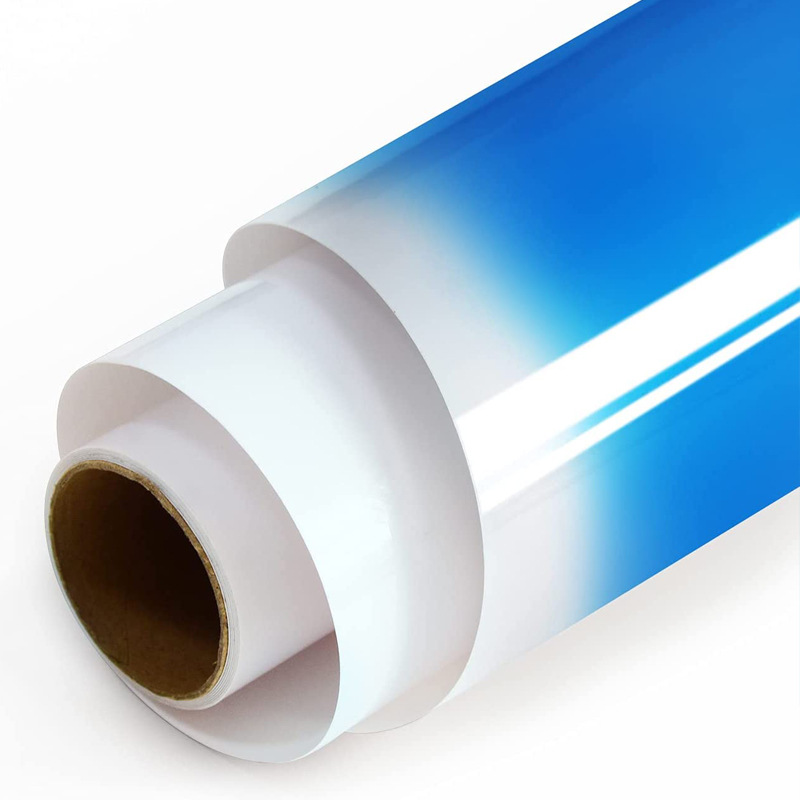
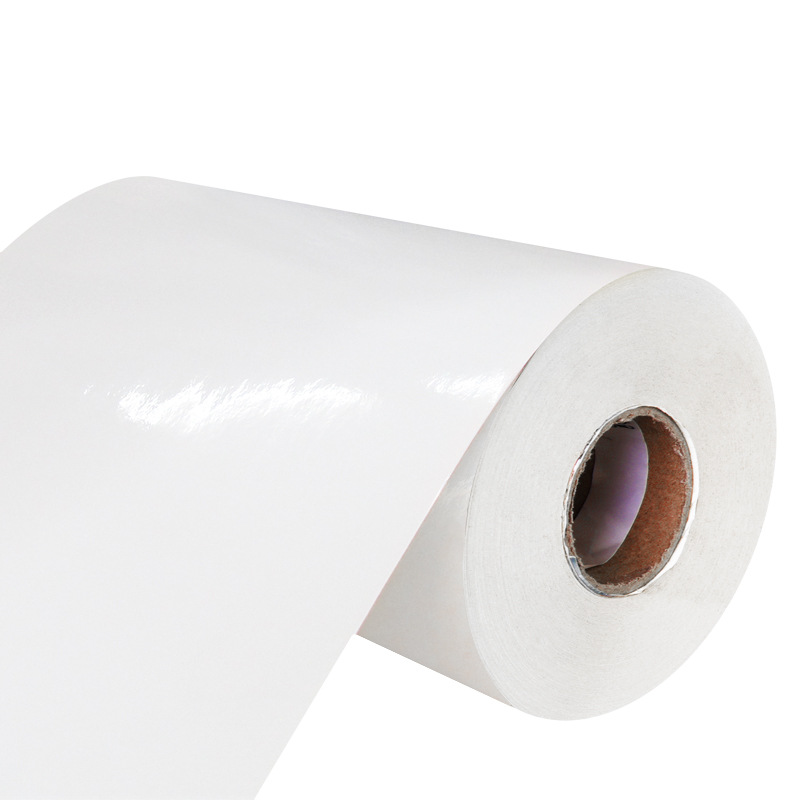
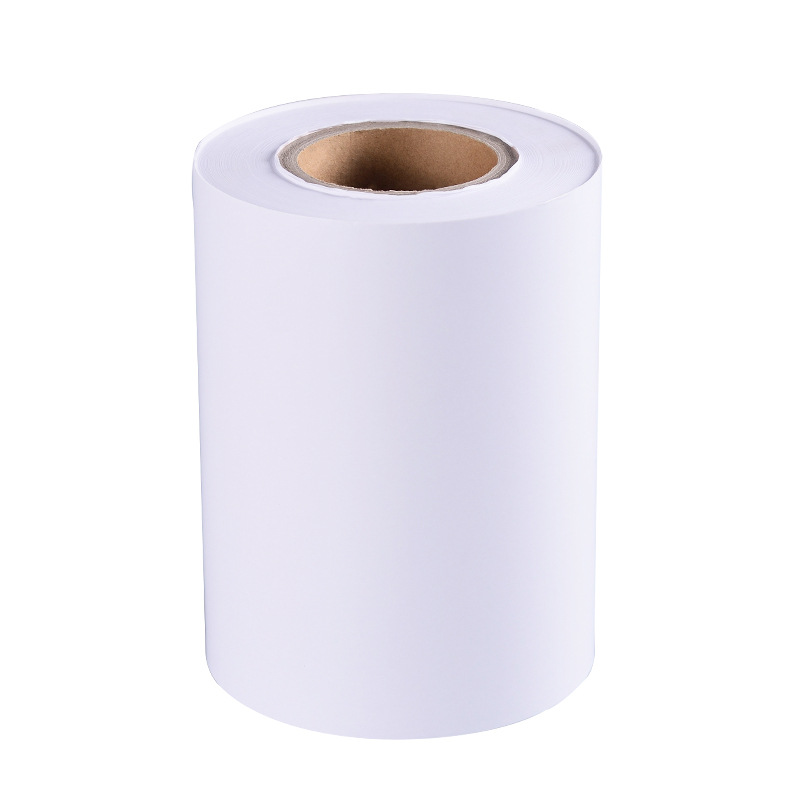
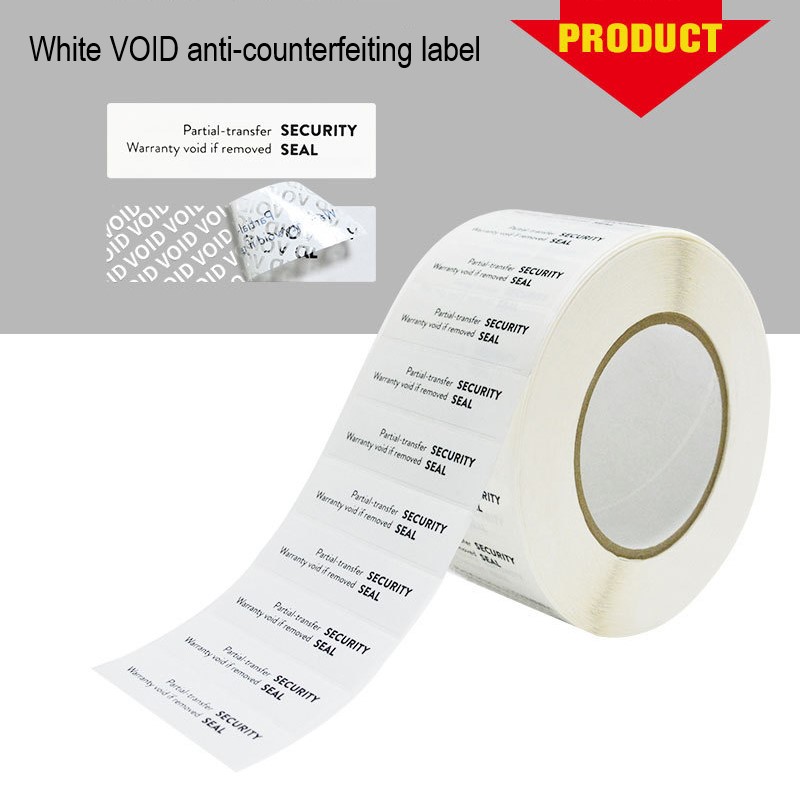
This site is protected by reCAPTCHA and the Google Privacy Policy and Terms of Service apply.